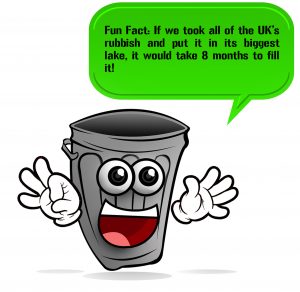I chose to post about something more radical. INFRASTRUCTURE. The idea behind “keep it in the ground” is so subversive. That’s what the XL Pipeline was all about and why the itt was so hotly contested. If you can’t bring fossil fuels to the market; What good are they? Well, New York tried to do it through legislation, and things got hot right away.
https://www.globalenergyinstitute.org/epa-proposes-reject-new-yorks-keep-it-ground-scheme
EPA Proposes to Reject New York’s “Keep it in the Ground” Scheme
Last September, I wrote about one of the boldest efforts yet by New York to halt energy infrastructure in its tracks. This effort utilized a little-known provision of the Clean Air Act – the “good neighbor” provision at Section 126(b) – to argue that hundreds of energy-related and manufacturing facilities located across nine “upwind” states should be subject to additional, costly controls and limitations in order to assist New York in meeting its air quality obligations under 2008 and 2015 national ozone air quality standards. Last week, the Federal Register published the proposal by the Environmental Protection Agency (“EPA”) to reject New York’s far-reaching petition, providing momentary relief to the thousands of workers across nine states that found themselves within the crosshairs of New York’s “keep it in the ground” ideology.
With this week’s EPA action, the comment period is now officially open for the public to weigh-in on whether it supports – or opposes – New York’s attempt to curtail or shut down legitimate business activities across Illinois, Indiana, Kentucky, Maryland, Michigan, Ohio, Pennsylvania, Virginia, and West Virginia. If you live in any one of these states, and particularly if you live near or work at any of the many facilities targeted (pages 33-42) by New York’s petition, now is the time for you to speak up.
Take a good look at the map below to see the locations of the many facilities targeted by New York’s petition. Not surprisingly, power plants and refineries are major targets, but so are countless other facility types. From a Pennsylvania facility that produces renewable energy from municipal waste to steel plants in Michigan to a box factory in rural Virginia, New York’s petition contorts the Clean Air Act well beyond the intended “major source or group of stationary sources” which are typically the subject of a state petition under Section 126. Even a facility in western Indiana at Purdue University – which is more than 400 miles away from New York’s westernmost border – is targeted as a “bad neighbor” by New York’s complaint.
:}
Go there and read. More next week.
:}

/cdn.vox-cdn.com/uploads/chorus_asset/file/10298325/_1x_1.png)



